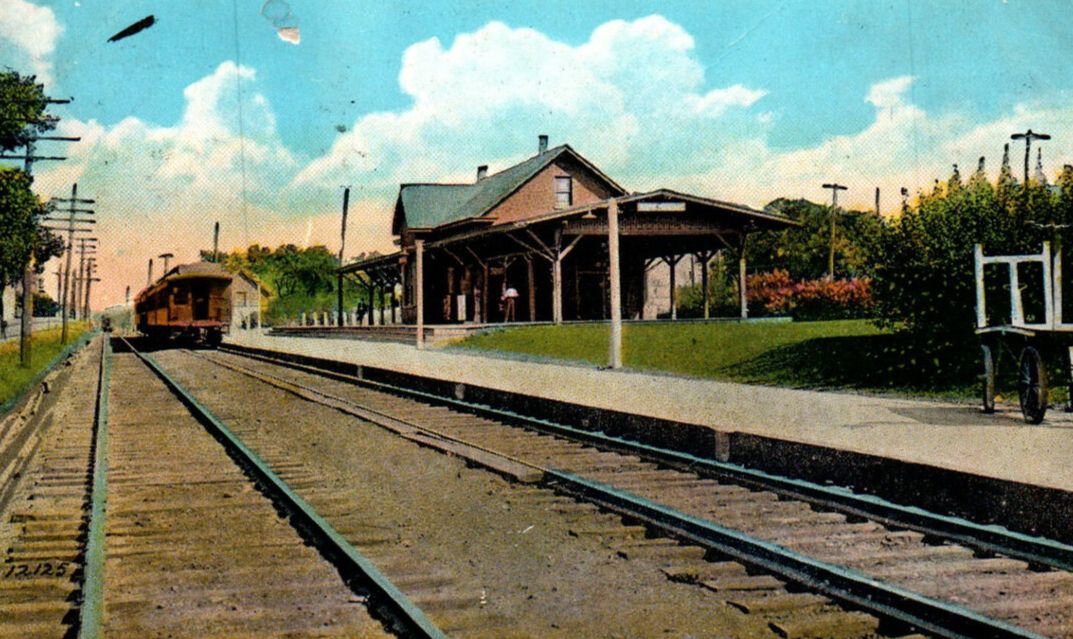How the LIRR Spurred Growth in Patchogue Village (And Why It Still Matters Today)
The story of Patchogue’s transformation from a shipbuilding town to a bustling residential and commercial hub isn’t just about business—it’s about the Long Island Rail Road.
When the LIRR first laid tracks through Patchogue in the mid-1800s, it didn’t just connect the village to New York City—it planted the seeds for nearly two centuries of growth, development, and community expansion that we’re still seeing today.
📜 A Quick Look Back
Patchogue became a rail destination in 1869, linking the village directly to points west—including Jamaica, Brooklyn, and Manhattan. Suddenly, what was once a seasonal or maritime-based economy gained access to:
- NYC commuters
- Tourists escaping the city for the summer
- Goods and materials delivered more efficiently
This rail access transformed Patchogue from a working-class waterfront village into a viable commuter town—one of the first on the South Shore of Suffolk County.
🏘️ The Boom That Followed
In the decades that followed, neighborhoods like South Ocean Avenue, Rider Avenue, and Bay Avenue began to fill with single-family homes and two-family properties, many of which still stand today.
The LIRR made it possible for:
- Middle-class workers to live affordably outside of the city
- Small business owners to thrive in a growing downtown
- Developers to invest in mixed-use buildings near the station
📍 The Train Station Today
Today, the Patchogue LIRR Station sits on Division Street, just steps from Main Street’s restaurants, breweries, and art spaces. It offers:
- Hourly trains to Jamaica & Penn Station
- Easy transfers to the Montauk and Babylon branches
- Walkable proximity to downtown nightlife, festivals, and ferry terminals
For buyers and investors, proximity to the LIRR is more than a lifestyle perk—it’s a property value multiplier.
📈 Why It Still Matters in 2025
Fast-forward to today: Patchogue is now a hotspot for both Millennials looking for walkable lifestyle and NYC transplants seeking space without losing train access.
Real estate trends prove it:
- Homes within 0.5 miles of the station sell faster and often at a premium
- New luxury rentals and condos are clustered near the LIRR
- Buyers often search by train proximity—not ZIP code
🏡 Streets That Benefit Most From LIRR Proximity
Here are some of the most desirable blocks within walking distance of the Patchogue station:
- Roe Boulevard
- Cedar Avenue
- Lake Street
- Maple Avenue
- Railroad Avenue
These areas attract both commuters and investors due to their strong rental potential and walkability.
📚 Related Posts
- Top 5 Canal-Front Streets in Amityville
- Islip vs Bay Shore: Which Waterfront Town Is Right for You?
- What $500K Buys You in Brookhaven Right Now
👋 Ready to Explore Homes Near the Patchogue LIRR?
If you're considering buying near Patchogue’s LIRR or selling a property that benefits from it, let’s talk. I’ve helped clients from South Ocean Avenue to Bayport Avenue leverage the value of train-accessible homes.
Categories
- All Blogs (47)
- Baby Boomers (2)
- Beaches (5)
- Demographics (1)
- Distressed Properties (1)
- Down Payments (3)
- Featured (4)
- First Time Home Buyers (10)
- For Buyers (25)
- For Sellers (24)
- Foreclosures (1)
- Generation X (3)
- Golf (1)
- Holidays (3)
- Housing Market Updates (8)
- Infographic (4)
- Interest Rates (5)
- Lifestyle (9)
- Local Attractions (9)
- Move-Up Buyers (13)
- New Construction (2)
- Pricing (10)
- Rent vs. Buy (5)
- Selling Myths (8)
- Senior Market (3)
- Things to Do (6)
Recent Posts










GET MORE INFORMATION


